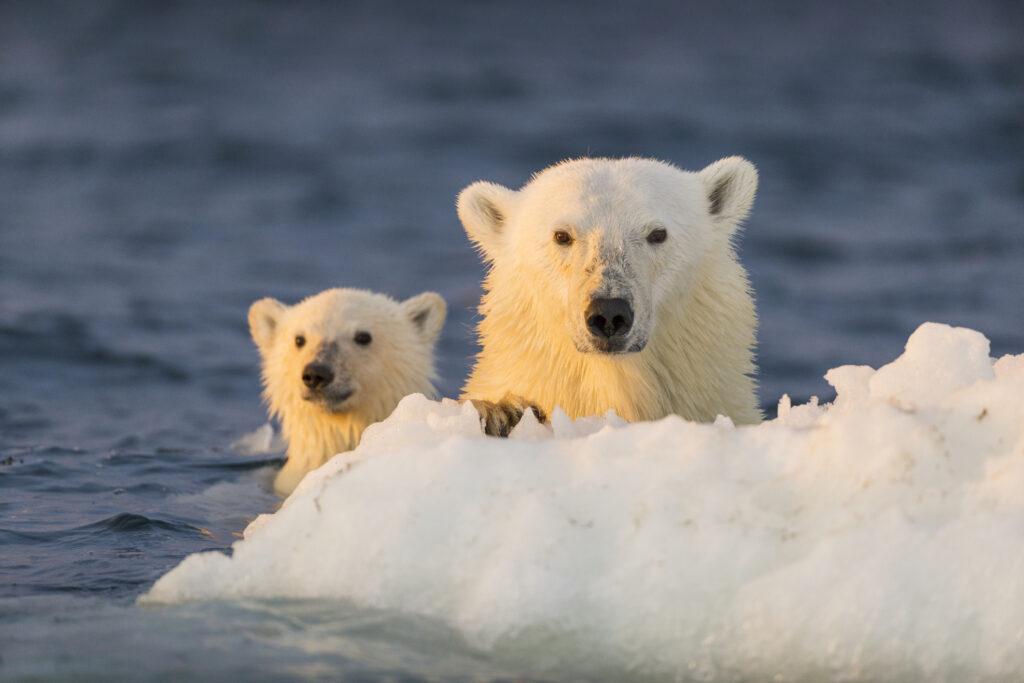Editor’s Note: Anthony Watts is a 25-year veteran of broadcast meteorology. In 2006, Watts established the blog Watts Up With That (WUWT), which has won awards for “Best Science Weblog” and “Best Science Blog.” With nearly a quarter of a billion views, WUWT is the most viewed website on climate in the world. In 2007, Watts founded SurfaceStations.org, a website devoted to photographing and documenting the quality of weather stations across the United States. Watts was honored with the Excellence in Climate Science Communication Award at the Tenth International Conference on Climate Change in July 2015.
Burnett: Please tell our readers a little about your background and how your work as a broadcast meteorologist led you to devote so much time to climate change issues.
Watts: My background has been in meteorological instrumentation and technology, as well as weather information presentation systems. Originally, I thought CO2-driven “global warming” was a real and pressing problem. You might even say I was an early-adopter activist about it 25 years ago. Then I met the former state climatologist of California, and he showed me some of the issues with weather stations. It was then I realized much of the data measurement process has been compromised, and I knew there must be a certain component of the warming that was completely artificial. I knew I could get the word out, because broadcasting gave me the skills I needed.
Burnett: At Heartland’s Tenth International Conference on Climate Change, you discussed how temperature records are only as good as the data used to create them, and you explained why the data is not very good. This grew out of your work on Surfacestations.org. What are some of the endemic problems with the surface station data?
Watts: There are three major problems with the surface data. The first is siting bias. The encroachment of infrastructure on long-term weather stations puts heat sinks near the thermometers, such as asphalt, concrete, buildings, etc., and this raises the overnight minimum temperature due to these objects releasing their stored heat at night. Since the average of the daytime high temperature and nighttime low temperatures are used, this biases the average upward, and it is the average temperature that is used to detect the warming. There’s not much trend in the high temperature over the past 30 years, but a significant trend in the low temperature.
The second problem is the loss of quality stations. So many surface weather stations have been changed over the last 100 years. There are very few left that have not had some changes. We’ve found the few that are left, the “unperturbed” stations, and over the last 30 years they show a trend about half of what NOAA says exists for the United States.
The third problem is homogenization. NOAA tries to correct the problems with the stations using a number of specific adjustments and a process called homogenization, which tries to create a representative surface temperature for the surface of the United States. But [because] there are so many compromised stations and so few good stations left, it ends up basically smearing all the good and bad data together, and the good data from the uncompromised stations gets lost. It’s like water: In a puddle of muddy water there’s fresh, pure water, but it is nearly invisible due to all the other things in the water. Filter those out, and you get pure water. That’s what we’ve done with climate data from all these stations.
Burnett: Why did you start the Watts Up With That blog, and what did you hope to accomplish with it?
Watts: Originally, it started out as a blog on science for the local newspaper. It was just a hobby to fill time, and it rarely, if ever, ventured into the global warming issue during the first few months. Then I decided to write a couple of articles about the subject and did some experiments to test a couple of theories, including looking at weather stations based on what I learned from my friend who was the former state climatologist of California. The result was explosive, and I soon found myself thrust onto the world stage. The rest, as they say, is history.
H. Sterling Burnett, Ph.D. ([email protected]) is a research fellow with The Heartland Institute.






